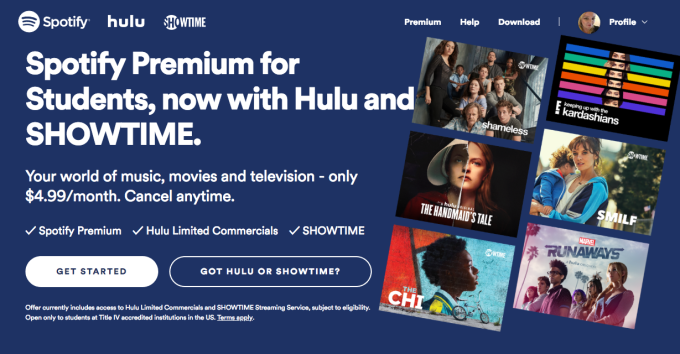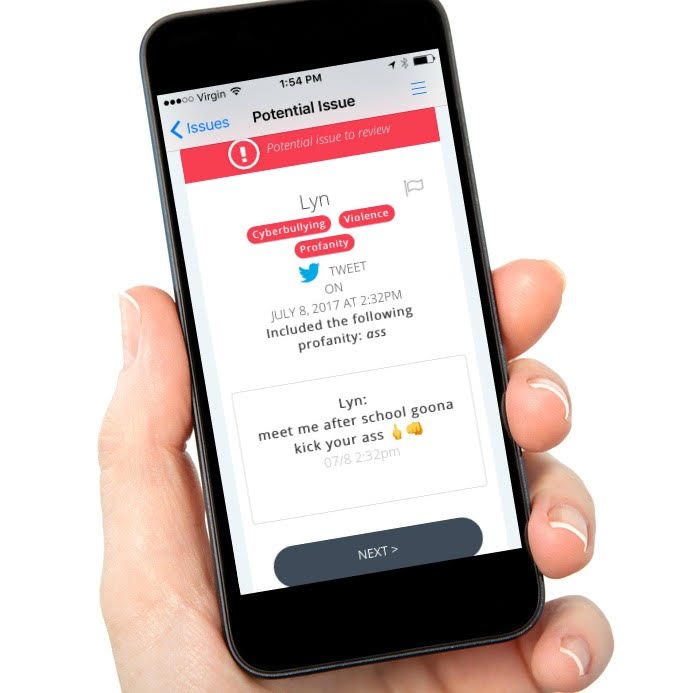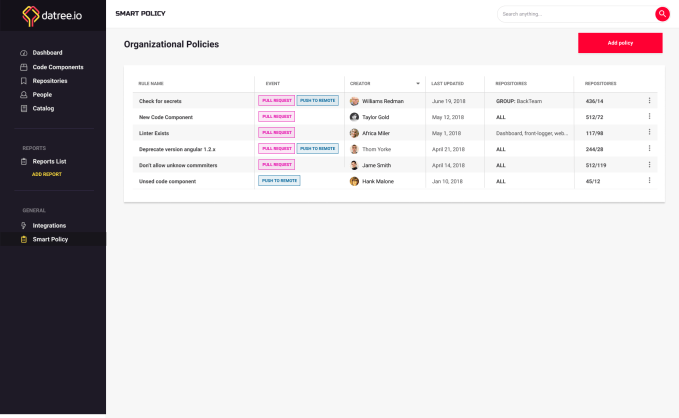Four of the world’s largest crypto exchanges are leading a $32 million investment in an ambitious venture out of Korea that’s aiming to develop a new stable coin using e-commerce as the lynchpin.
Global exchanges Binance Labs, OKEx, Huobi Capital, and Dunamu — the firm behind Korea’s Upbit — have all poured capital into Terra, a crypto project whose founding team is headed by Daniel Shin, founder and president of TicketMonster — the $1.7 billion Korean e-commerce firm that has been owned by both Living Social and Groupon.
This is the first time global exchanges have come together on a deal, and the stellar line-up of investors includes Polychain Capital, China’s FBG Capital, Hashed, 1kx, Kenetic Capital and Arrington XRP — the crypto fund from TechCrunch founder Michael Arrington .
The deal is a token-based investment round, as opposed to equity. Shin told TechCrunch that Terra plans to hold a private sale in a couple of weeks to add additional capital to this “highly strategic” set of investors. The company will eschew a public sale with retail investors, but it plans to hit exchanges — you guess which ones… — in the coming months.

Terra co-founder Daniel Shin also started Korean e-commerce unicorn Ticket Monster
Yet another stable coin
Stable coins, for the uninitiated, are tokens that are designed to remain at the same price… stable, as the name suggests.
They’re typically pegged to the U.S. dollar and are highly sought after in the world of crypto, where stability is hard, nay impossible, to find. Today, stable coins are mostly used for trading and exchange-related purposes and Tether, the controversial project backed by Bitfinex, is probably the best-known. There’s plenty of criticism around Tether, and research has suggested that Bitcoin’s phenomenal rise in late 2017 — when its value it a record high of nearly $20,000 — was fuelled by Tether manipulation.
Arguably, Tether is the best example of a stable coin, and since it is propped up by the injection of hundreds of millions of dollars on a routine basis, it would be fair to say that the concept has never worked.
That viewpoint might be a little cynical, and Terra believes it can make the concept work through mass adoption of its token. Its gateway for that is to leverage e-commerce in Asia.
While Terra is marketed as a stable coin in its whitepaper and other documents, it would be fair to see it as more of a fintech platform — think Alibaba’s Alipay on the blockchain. That’s because the project is kicking off by working with a slew of e-commerce firms across Korea and other parts of Asia.
Shin explained that Terra aims to complement existing payment solutions by offering its own Stripe -like payment option that would allow customers to pay using its coin (a name hasn’t been decided on yet). For merchants, that could mean circumventing existing payment networks like Visa, which take a cut of all revenue. On the other side, the project could help offer incentives for consumers to buy using the token, for example, through discounts that don’t add to the e-commerce platform’s cash burn.
Because buying crypto and using wallets still isn’t mainstream — and it is a clunky experience — there’s also the potential for consumers to earn tokens when they use platforms, Shin said. The token would be spendable across all supported e-commerce services.
Already, Terra has secured quite a list of partners. There are 15 e-commerce services signed up — including Woowa Brothers, Qoo10, Carousell, Pomelo, and Tiki — which between them boast a cumulative 40 million customers and some $25 billion in annual transaction volume.
Shin said the project is targeting Asia because it is the world’s most active crypto region. He believes that Terra can take a slice of the payments behind the partner businesses — he’s targeting payment GMV in the region of “tens, if not hundreds, of millions of U.S. dollars” before the end of 2019 — and in doing so set itself up for becoming a stable token by virtue of usage.
Of course, it also has its own stability engine. That features a second token — Luna — which Shin said acts as collateral by accumulating revenue by taking the small transaction fee incurred when spending the Terra token. Shin said an algorithm will use Luna to buy back the Terra token in high season to keep the price stable, while it will burn a portion of tokens to maintain stability during periods of recession. A more detailed explanation of the ‘reserve ratio’ can be found in the Terra whitepaper.

Singapore’s Carousell is among the e-commerce partners slated to work with Terra
Alipay on the blockchain
What makes Terra particularly interesting is that the intention is to build the next Alipay.
Alibaba affiliate Ant Financial, which runs Alipay, may be little known in the U.S. and Europe, but it is dripping with ambition. It is tipped to go public in the next year or two, and already it is valued at over $100 billion following a recent $14 billion funding round.
Alipay is China’s dominant mobile payment service, and it has spawned a digital bank, lending products and more. Ant claims over 500 million users, and it has spent close to $1 billion on a series of aggressive expansions across Asia and beyond as it aims to replicate its formidable Chinese business outside of the country.
Shin explained that he believes Terra could do the same in Asia where, like Alipay, it will try to leverage e-commerce (in this case its partner businesses) to go beyond payments and into financial services.
Shin explained that the plan is to roll out with initial e-commerce partners in Korea during Q4 of this year, before widening to cover Southeast Asia and beyond in 2019. One year later — 2020 — is when he believes Terra will have the required base to welcome developers and third-parties.
“Many projects open up a developer platform prior to adoption,” he explained in an interview. “Once we have tens of millions, if not hundreds of millions, of users is when we’ll open up.”
Exactly what that platform will look like is unclear at this point. Terra is designing a multi-chain structure in order to accommodate numerous chains with its stable coin concept, but it is yet to decide which will primary and therefore the platform for third-party development. Ethereum has tended to be that canvass, but the project is a challenging phase right now so holding out isn’t necessarily a bad thing at this point.
Terra is a hugely ambitious project in the field of often-impossible ideas that is crypto.
Taking on Alipay head-to-head is tough, developing a stable coin is impossible, but doing both lengthens the odds further still. But yet Shin and his team have won the backing of a collective of top names in the crypto space. That, if nothing else, is a good reason to keep an eye on this project.
The odds may be long but, as Shin explains it, you can readily argue that there is upside to having so many big-name partners on board.
“The worst case scenario with this project is a reverse ICO with over 10 e-commerce companies,” he explained. “But the best possible outcome is that we build a platform that competes with Alipay on the blockchain.”
Note: The author owns a small amount of cryptocurrency. Enough to gain an understanding, not enough to change a life.











